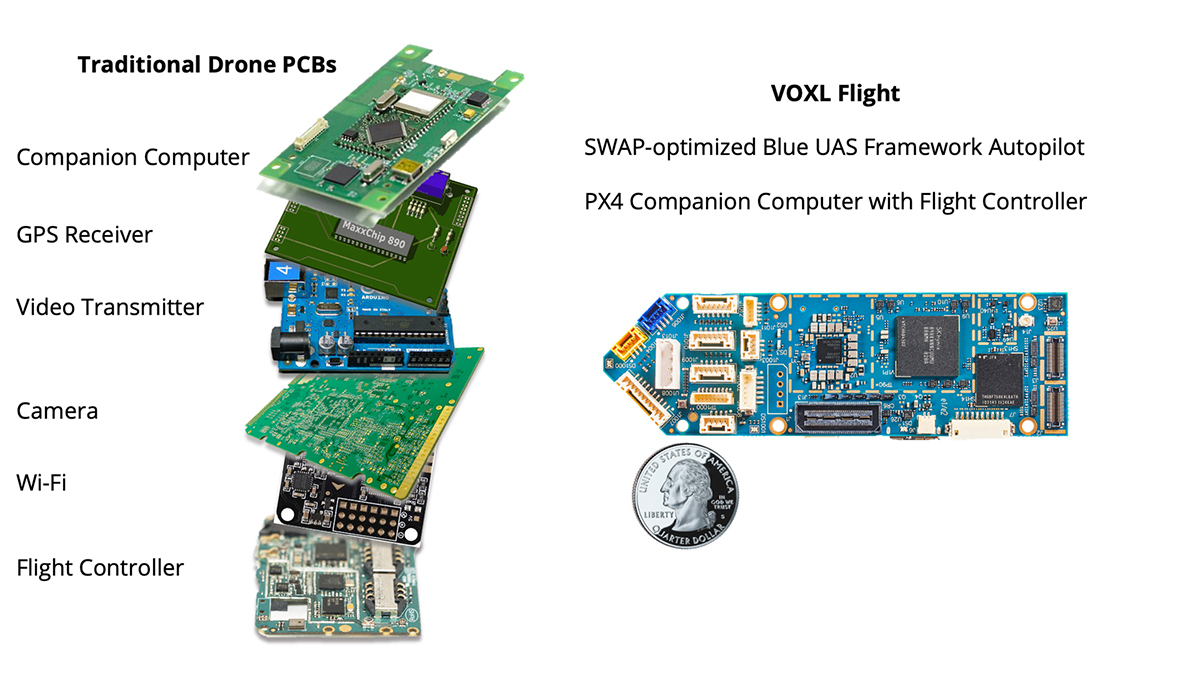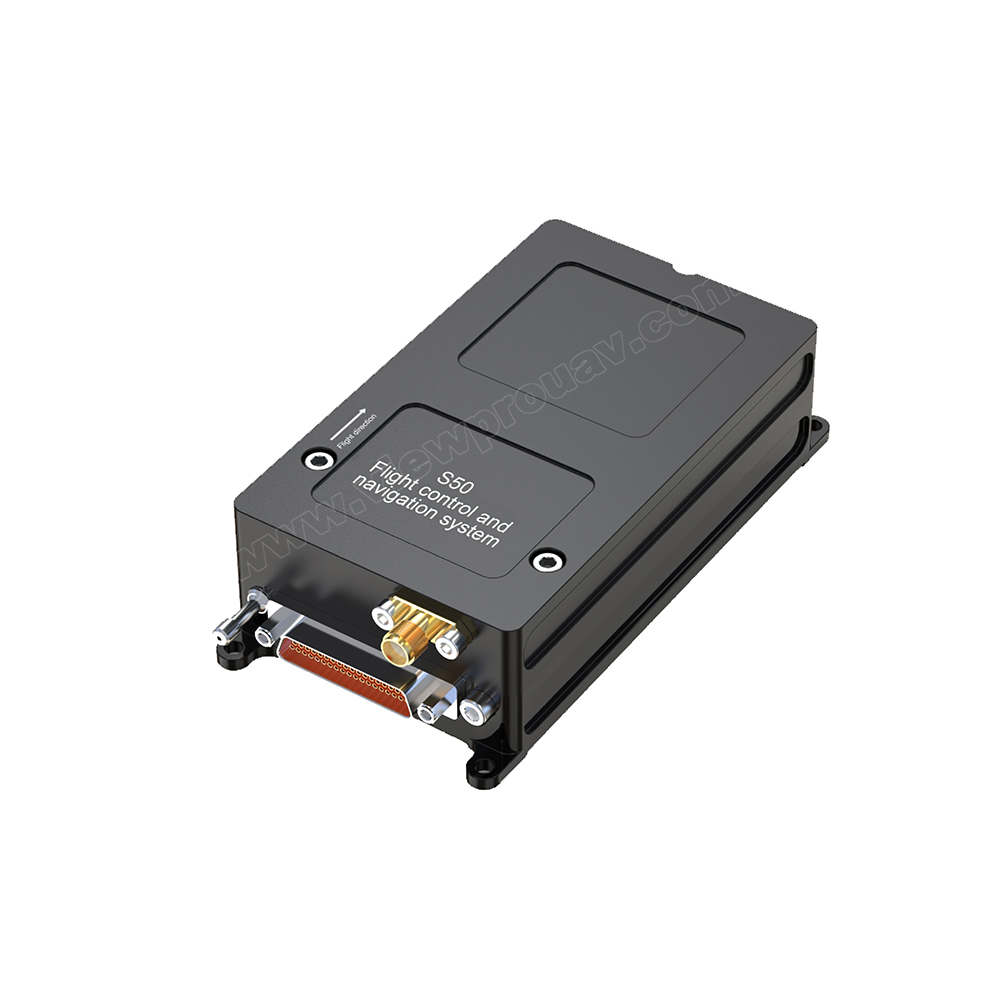SparkNavi Drone Flight Controller and GNSS/INS Made in Taiwan: Accuracy and Advancement
SparkNavi Drone Flight Controller and GNSS/INS Made in Taiwan: Accuracy and Advancement
Blog Article
A Comprehensive Overview to Selecting the Right Drone Flight Controller for Your Unmanned Airborne Car Needs
Selecting a proper flight controller for your unmanned aerial automobile is a critical choice that can significantly impact its operational capacities and general efficiency. Numerous variables, consisting of the sort of UAV you are using and your desired application, should be thoroughly analyzed. Key features such as refining power, sensor compatibility, and telemetry alternatives play an important duty in guaranteeing reliable assimilation. As the landscape of offered alternatives broadens, understanding these elements comes to be increasingly crucial for attaining your UAV purposes. The question stays: what requirements should lead your option process to guarantee optimum efficiency?
Comprehending Flight Controller Types
When delving right into the globe of drone innovation, comprehending the numerous sorts of flight controllers is vital for choosing the ideal one for your needs. Flight controllers act as the brain of the drone, managing its flight dynamics and maintaining the aircraft during procedure.

On the other hand, fixed-wing trip controllers are tailored for drones with typical wing frameworks, appearing like planes - SparkNavi drone flight controller and GNSS/INS made in taiwan. These controllers concentrate on optimizing long-duration trip and gas effectiveness, as they permit gliding and require much less power contrasted to multi-rotor systems
In addition, there are hybrid controllers that integrate functions of both kinds, satisfying flexible applications. Selecting the proper trip controller entails assessing your drone's layout, planned usage, and needed performance, establishing a fundamental understanding that is essential for successful drone operation.
Trick Functions to Consider
Evaluating the vital features of a flight controller is important for making sure optimum efficiency and compatibility with your drone's style and intended applications. One of the foremost elements to think about is the controller's handling power. A higher handling speed allows quicker response times and much better handling of complicated maneuvers, specifically in high-stress atmospheres.
Another significant function is the variety of sustained peripherals and sensing units. Advanced trip controllers typically sustain numerous sensors, such as GPS, accelerometers, and gyroscopes, enhancing trip stability and accuracy. Furthermore, the schedule of telemetry assistance is important for real-time data transmission back to the driver, which aids in checking drone performance.

Last but not least, the size and weight of the trip controller need to line up with your drone's specifications, making certain that it does not endanger trip efficiency. By meticulously evaluating these vital attributes, you can choose a flight controller that satisfies your UAV's operational demands and enhances its abilities.
Compatibility With Your UAV
Ensuring compatibility in between your trip controller and UAV is crucial for achieving smooth procedure and optimum efficiency (SparkNavi drone flight controller and GNSS/INS made in taiwan). The assimilation of these two elements can substantially affect trip security, control responsiveness, and overall capability. When selecting a trip controller, it is crucial to validate that it supports the specific arrangement and needs of your UAV, including its size, weight, and desired applications
Start by evaluating the interaction methods used by both the flight controller and your UAV. Typical procedures include PWM, PPM, and S.Bus, which assist in the transmission of signals in between elements. Additionally, consider the power requirements of the trip controller and ensure that your UAV's power distribution system can adequately provide the necessary voltage and existing.
An additional crucial factor is the physical measurements and installing options. The trip controller ought to fit safely within your UAV's structure, enabling for efficient airflow and security from external components. Review the compatibility with various other onboard systems such as GPS, telemetry, and video cameras, as these integrations can improve the abilities of your UAV and add to a more sophisticated flying experience.
Popular Trip Controller Brands

One of the most acknowledged brand names is DJI, understood for its straightforward interfaces and progressed stablizing innovation. DJI flight controllers are commonly favored for industrial applications because of their integrity and substantial support environment. One more considerable player is Pixhawk, an open-source system that allows for comprehensive customization and resource flexibility, making it preferred among hobbyists and researchers.
Kiss and Betaflight have gotten grip within the auto racing drone community for their light-weight, high-performance controllers that prioritize rate and responsiveness. Vector and APM use durable solutions that provide to both recreation and specialist UAV requirements, flaunting sophisticated functions like autonomous flight capacities.
Last but not least, the rise of brands like Holybro and Matek has presented innovative, budget-friendly choices that do not endanger performance. Each brand presents distinctive benefits, making it essential for customers to evaluate their specific requirements and choose a trip controller that aligns with their operational objectives.
Tips for Setup and Configuration
Selecting the ideal trip controller is just the start; appropriate setup and configuration are vital to making the most of performance and guaranteeing the drone operates as intended. Beginning by meticulously checking out the supplier's guidelines, as each flight controller may have specific requirements. Ensure that all elements work, consisting of the electric motors, batteries, and escs, to prevent performance problems.
.png)
When installing the flight controller, secure it strongly to the drone framework, ideally in a vibration-dampened manner to minimize noise interference - SparkNavi drone flight controller and GNSS/INS made in taiwan. Position the controller in a manner that permits ideal GPS function, normally with a clear sight of the sky. Connect all essential electrical wiring systematically, taking note of color codes and pin formats to avoid misconfiguration
After physical installation, wage software application arrangement. Utilize the producer's software devices to calibrate the controller, guaranteeing that all sensing units, including accelerometers and gyroscopes, are appropriately configured. It is advisable to perform a pre-flight check to verify settings and execute examination flights in a risk-free, open area. Lastly, keep firmware upgraded to leverage enhancements and fixes, boosting both safety and capability for your UAV.
Verdict
In final thought, choosing the appropriate drone trip controller is necessary for making the most of the efficiency and performance of unmanned aerial cars. By comprehending flight controller kinds, reviewing secret features, and ensuring compatibility with specific UAV arrangements, individuals Bonuses can make informed choices.
There are primarily 2 groups of flight controllers: fixed-wing and multi-rotor controllers.Reviewing the vital features of a flight controller is essential for ensuring optimum efficiency and compatibility with your drone's layout and desired applications. Advanced flight controllers often sustain a number of sensors, such as General practitioner, accelerometers, and gyroscopes, improving trip security and accuracy.Selecting the appropriate trip controller is just the start; proper installment and configuration are essential to optimizing performance and making sure the drone operates as intended.In conclusion, selecting the ideal drone flight controller is necessary click here for info for maximizing the efficiency and capability of unmanned aerial lorries.
Report this page